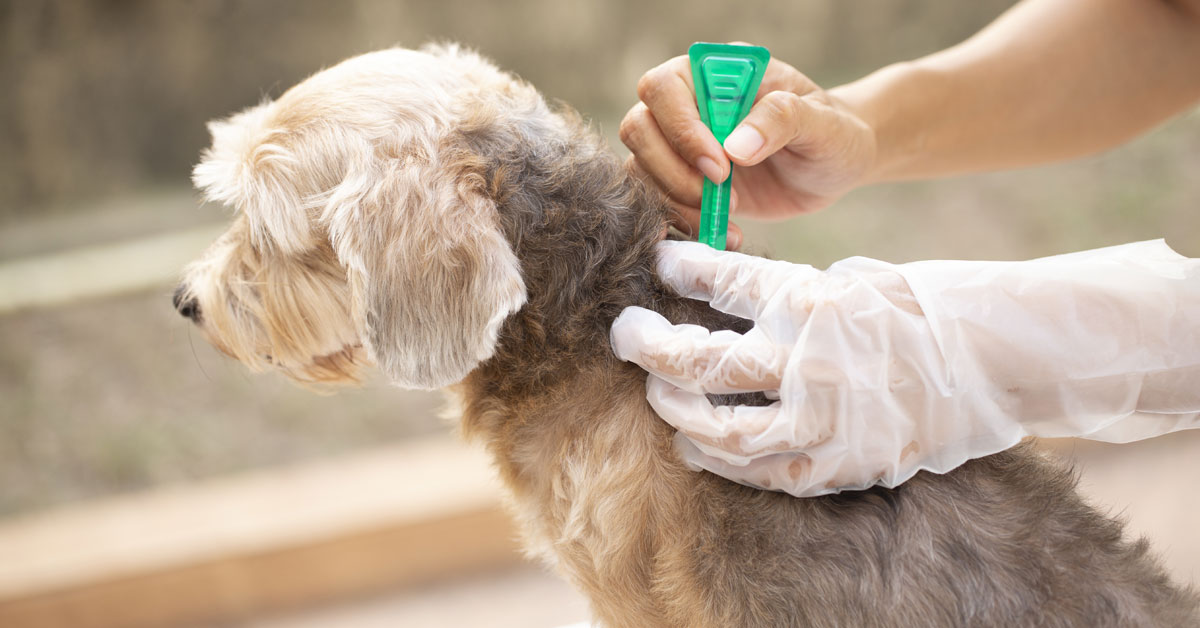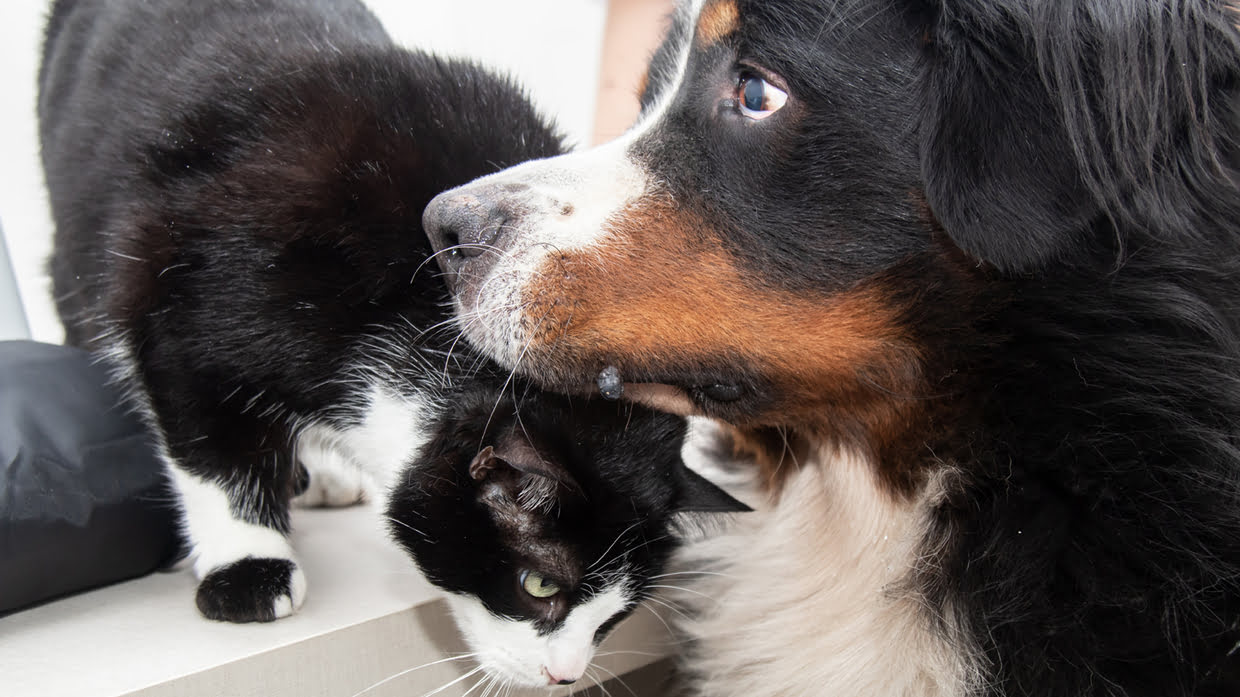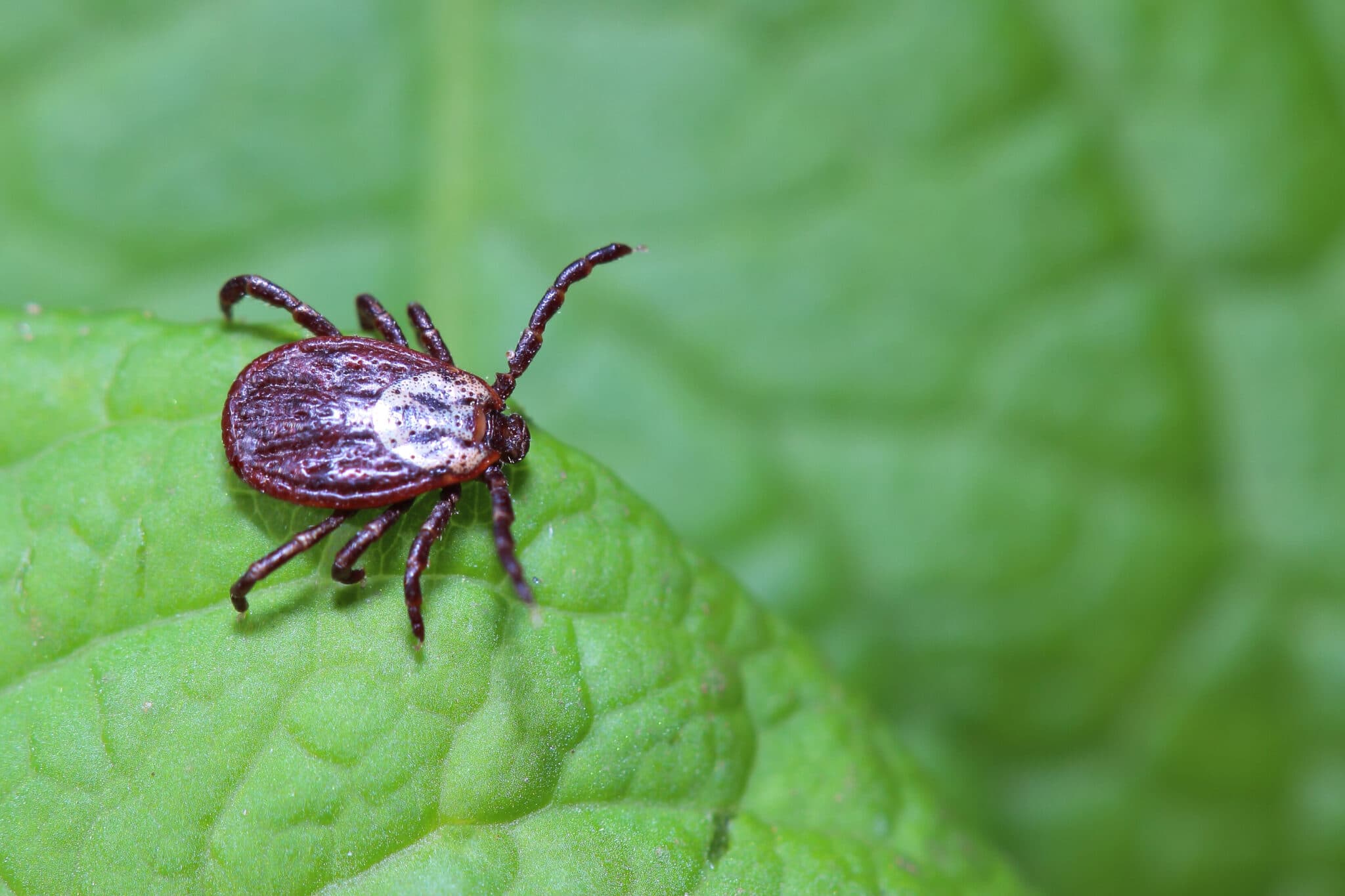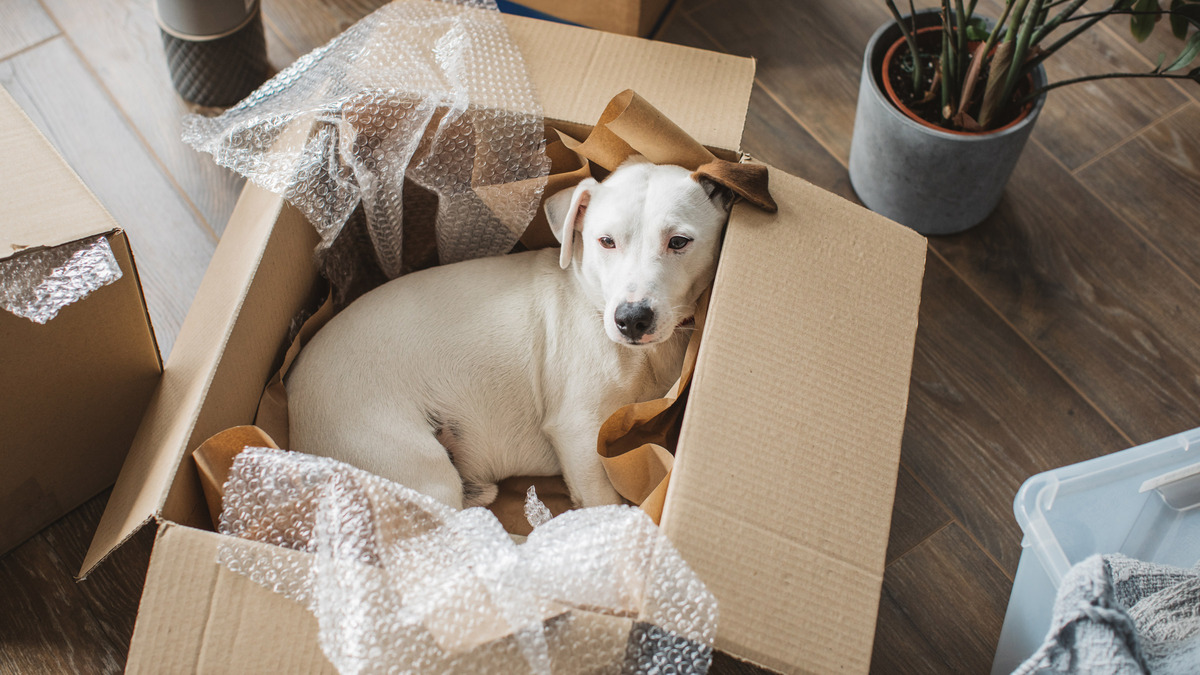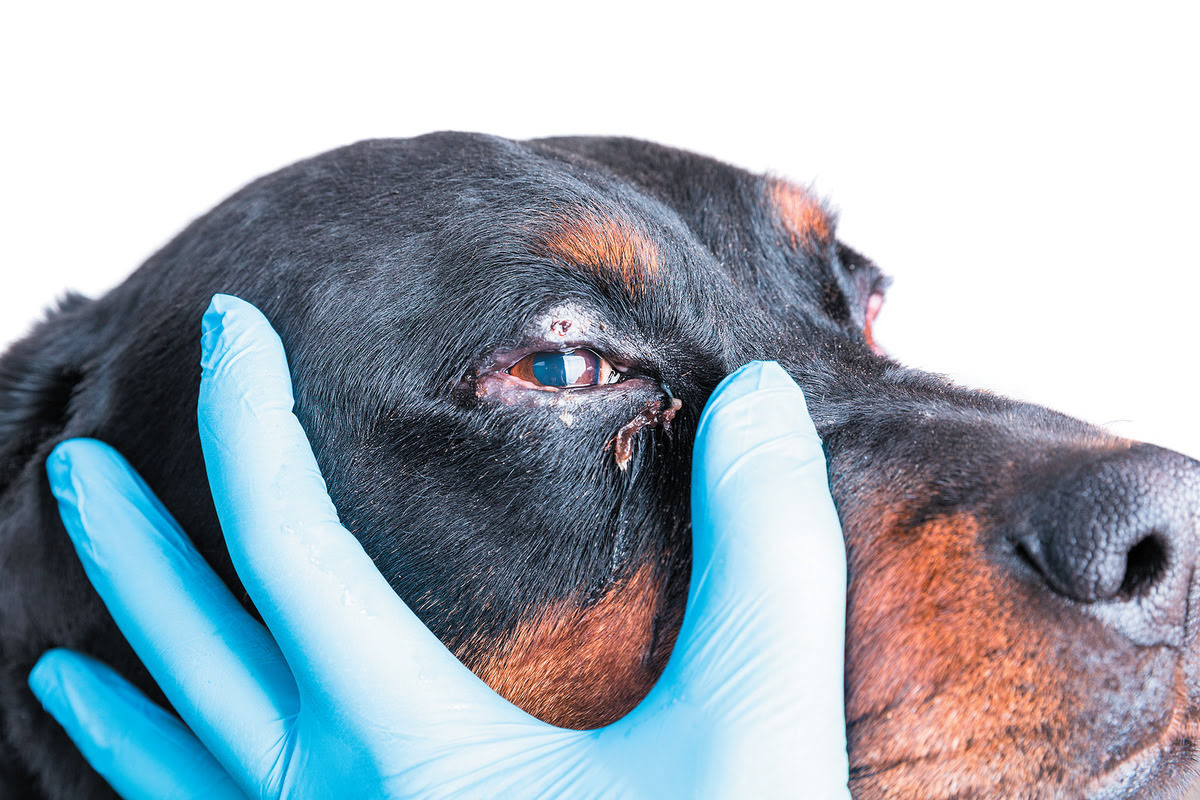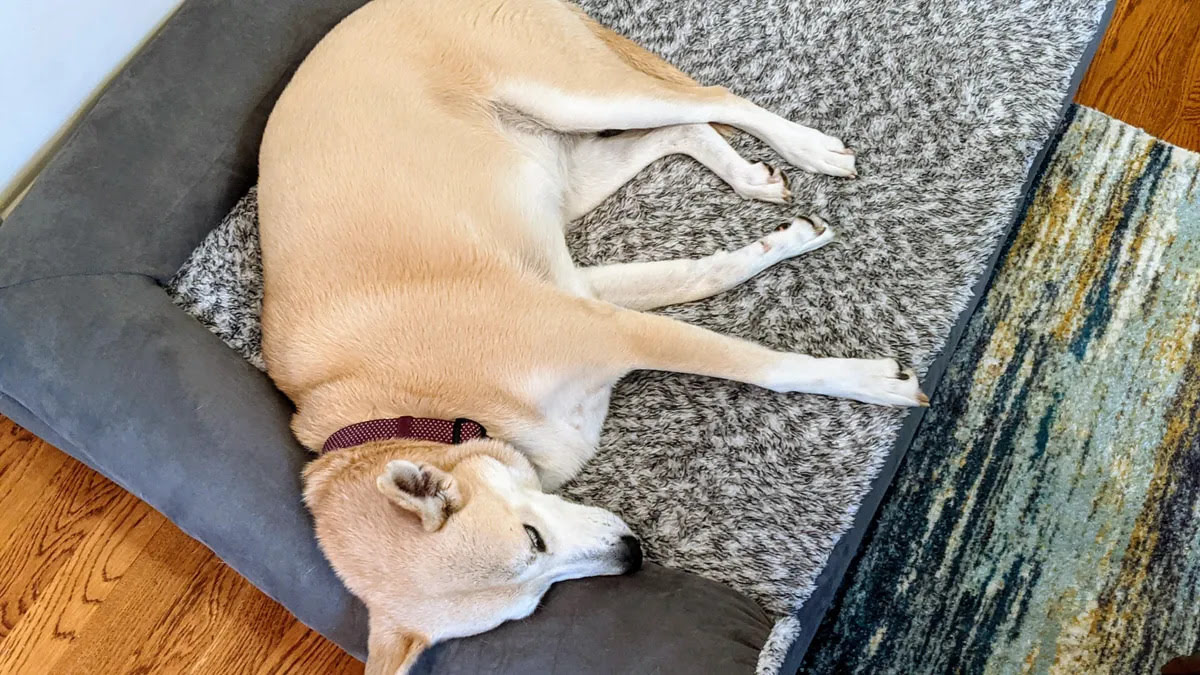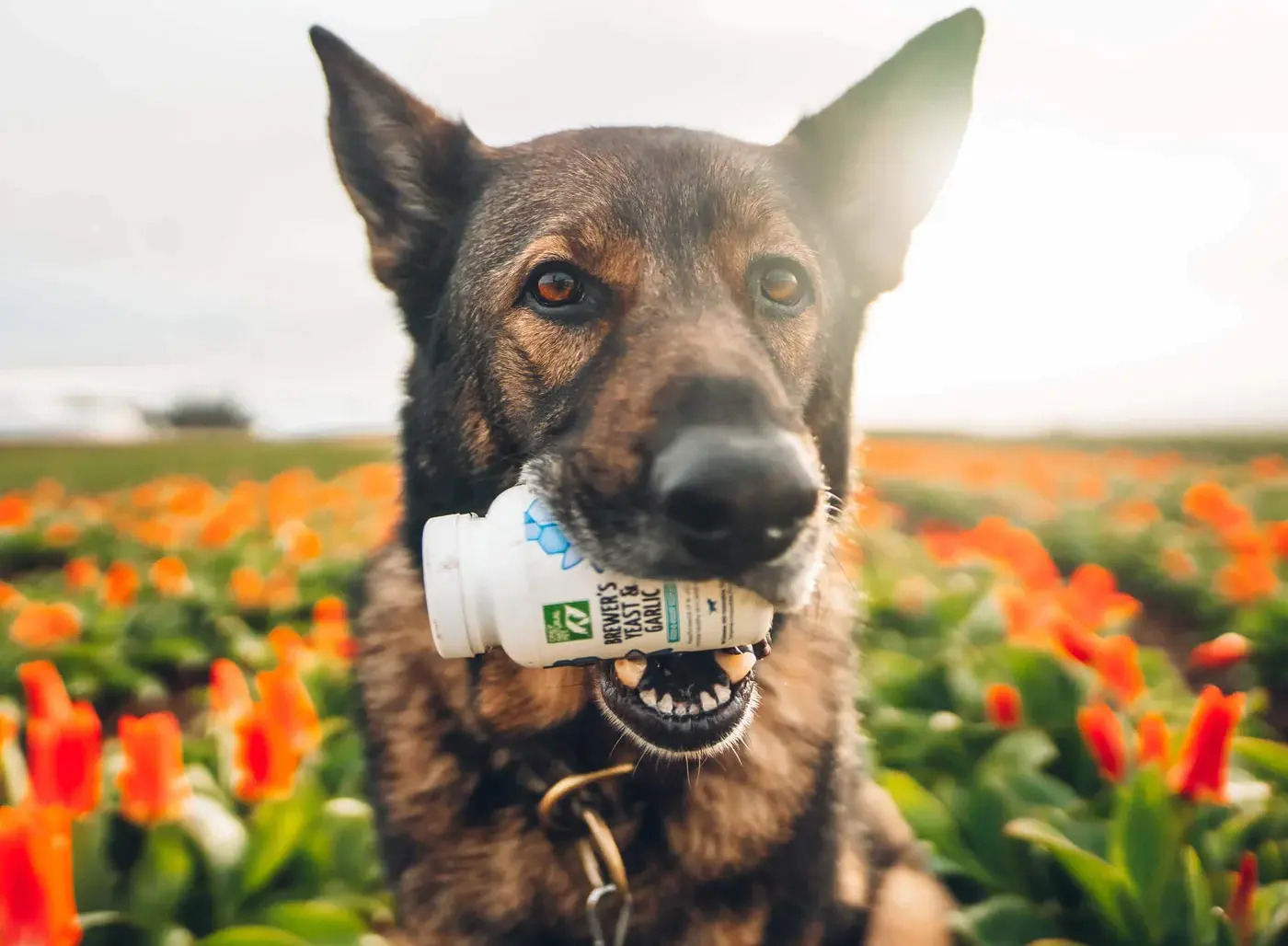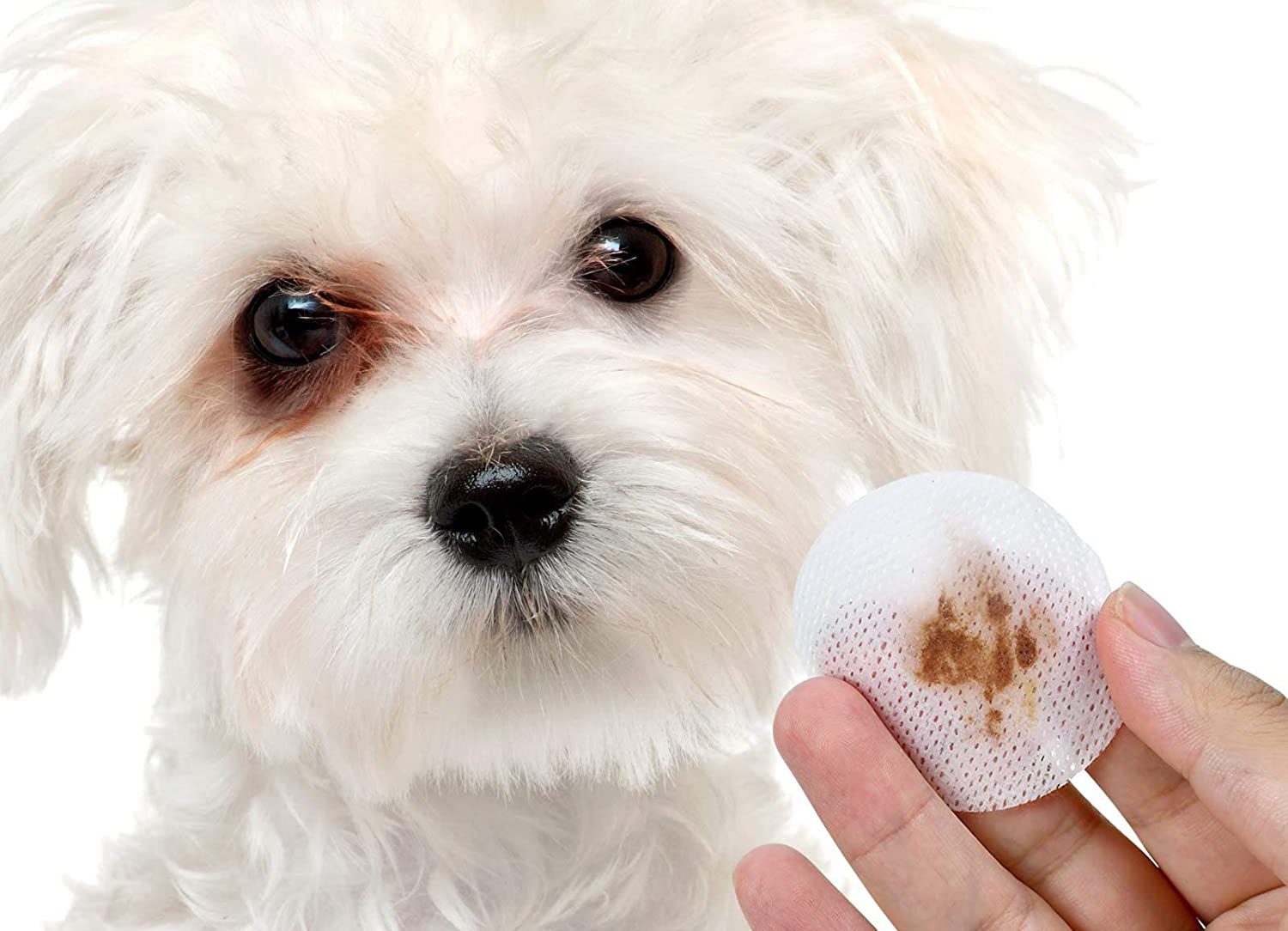Home>Health & Wellness>Common Health Issues>How To Get Rid Of Fleas In Home And On Dog
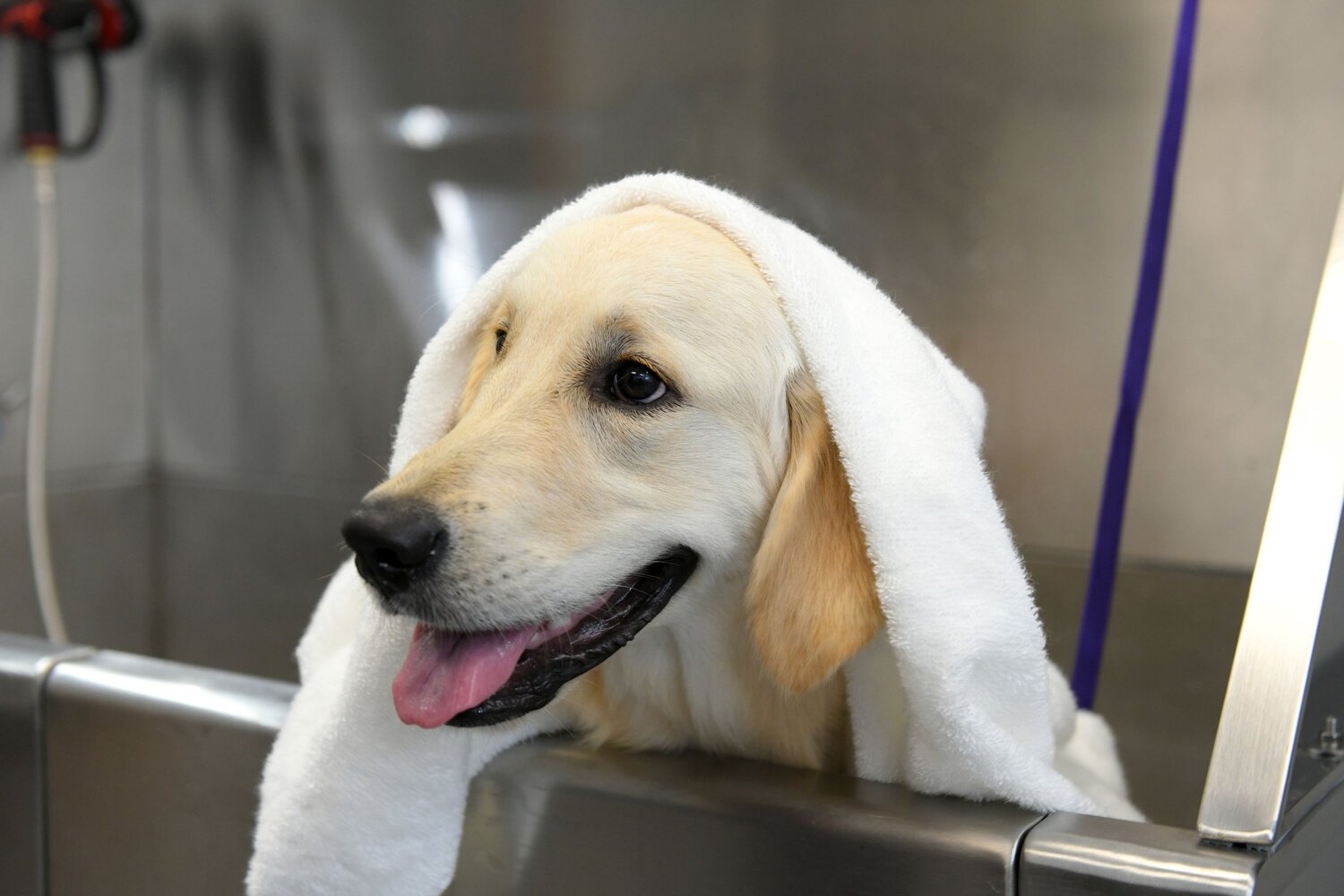

Common Health Issues
How To Get Rid Of Fleas In Home And On Dog
Modified: February 21, 2024
Learn effective ways to eliminate fleas from your home and pet. Discover solutions for common health issues related to flea infestations.
(Many of the links in this article redirect to a specific reviewed product. Your purchase of these products through affiliate links helps to generate commission for Pawsomeoldies.com, at no extra cost. Learn more)
Table of Contents
Introduction
Fleas are tiny, wingless parasites that survive by feeding on the blood of animals and humans. These pesky critters can quickly infest homes and pets, causing discomfort and potential health issues. Dealing with a flea infestation can be a frustrating and challenging experience for pet owners and homeowners alike. However, with the right knowledge and strategies, it's possible to effectively eliminate fleas from your home and prevent future infestations.
In this comprehensive guide, we will explore the various aspects of dealing with fleas, including understanding their behavior, recognizing signs of infestation, and implementing effective methods to eradicate fleas from both your home and your beloved furry companion. Additionally, we will discuss preventive measures to safeguard your living space and pets from future flea invasions.
By the end of this article, you will have a clear understanding of how to tackle flea infestations, ensuring a comfortable and flea-free environment for both your family and pets. Let's delve into the world of fleas and equip ourselves with the knowledge and tools to combat these persistent pests effectively.
Understanding Fleas
Fleas, scientifically known as Siphonaptera, are small, wingless insects that survive by feeding on the blood of mammals and birds. These tiny parasites are equipped with specialized mouthparts that allow them to pierce the skin of their hosts and consume their blood. While fleas are commonly associated with household pets, such as dogs and cats, they can also infest other animals, including rodents and wildlife.
Fleas undergo a complete metamorphosis, progressing through four distinct stages: egg, larva, pupa, and adult. The entire life cycle can range from a couple of weeks to several months, depending on environmental conditions such as temperature and humidity. Understanding the life cycle of fleas is crucial in developing effective strategies for eradication and prevention.
These resilient pests are adept at jumping remarkable distances, thanks to their powerful hind legs. This remarkable jumping ability enables fleas to move effortlessly between hosts and infest new environments. Additionally, fleas reproduce rapidly, with a single female flea capable of laying hundreds of eggs within a short period, further exacerbating infestation issues.
Fleas are not only a nuisance to pets and humans but can also pose health risks. Their bites can cause intense itching and discomfort, leading to skin irritation and allergic reactions in some individuals. Furthermore, fleas can transmit diseases and parasites, making their presence a significant concern for both pet and human health.
Understanding the behavior and characteristics of fleas is essential for effectively combating infestations and safeguarding the well-being of pets and family members. By gaining insight into the life cycle, habits, and potential health implications associated with fleas, individuals can take proactive measures to address infestations and prevent future occurrences.
In the subsequent sections, we will delve into the signs of flea infestation, methods for eliminating fleas from the home and pets, and proactive measures to prevent future infestations. Armed with this knowledge, you will be well-equipped to tackle flea-related challenges and create a comfortable, flea-free environment for your beloved pets and family members.
Signs of Flea Infestation
Identifying the signs of a flea infestation is crucial for prompt intervention and effective eradication. While these tiny pests may initially go unnoticed, several indicators can alert homeowners to the presence of fleas in their living spaces. By recognizing these signs early on, individuals can take proactive measures to address the infestation before it escalates.
-
Pet Scratching and Irritation: One of the most common signs of a flea infestation is excessive scratching and discomfort exhibited by pets. Dogs and cats infested with fleas often display heightened levels of scratching, biting, and licking, particularly around the neck, back, and tail regions. Additionally, pets may develop red, inflamed skin and hot spots as a result of flea bites, indicating the presence of these pesky parasites.
-
Visible Fleas and Flea Dirt: Observing live fleas or flea dirt on pets or within the home is a clear indication of an infestation. Flea dirt, which resembles fine black pepper, is actually flea feces consisting of digested blood. When moistened, flea dirt may produce a reddish tinge, further confirming its origin. Additionally, spotting live fleas on pets or in the environment is a definitive sign of an infestation.
-
Skin Irritation in Humans: While fleas primarily target animals, they may also bite humans, leading to skin irritation and allergic reactions. Individuals residing in homes with flea infestations may experience unexplained bites, often characterized by red, itchy welts on the skin. This can serve as a warning sign of a flea presence within the living environment.
-
Unusual Behavior in Pets: Infested pets may exhibit unusual behavior, including restlessness, agitation, and difficulty sleeping. Flea bites can cause significant discomfort, leading to behavioral changes in animals. Observing such behavioral shifts in pets can prompt homeowners to investigate the possibility of a flea infestation.
-
Presence of Flea Eggs and Larvae: Inspecting pet bedding, carpets, and upholstery for flea eggs and larvae can provide valuable insights into the extent of the infestation. Flea eggs are tiny, white ovals, while larvae are small, worm-like creatures. Identifying these stages of the flea life cycle can confirm the presence of an infestation and guide targeted eradication efforts.
By remaining vigilant for these signs of flea infestation, homeowners can take proactive steps to address the issue promptly. In the following sections, we will explore effective methods for eliminating fleas from the home and pets, as well as preventive measures to safeguard against future infestations. Understanding these signs and acting swiftly can help create a comfortable, flea-free environment for both pets and family members.
Getting Rid of Fleas in the Home
Eliminating fleas from the home environment is a critical step in eradicating infestations and creating a comfortable living space for both pets and family members. To effectively address flea infestations within the home, it is essential to implement a comprehensive approach that targets fleas at every stage of their life cycle. Here are the key steps to get rid of fleas in the home:
-
Thorough Cleaning: Commence the flea eradication process by thoroughly cleaning and vacuuming all areas of the home, paying particular attention to carpets, rugs, and upholstered furniture. Vacuuming not only helps remove adult fleas but also eliminates eggs, larvae, and pupae, disrupting the flea life cycle. After vacuuming, promptly dispose of the vacuum bag to prevent any captured fleas from re-infesting the home.
-
Wash Bedding and Linens: Launder all pet bedding, human bedding, and any washable fabric items in hot water to kill fleas and their eggs. High temperatures effectively eliminate fleas at all life stages, ensuring that these items do not serve as breeding grounds for new fleas.
-
Use Flea Treatments: Employ flea control products, such as sprays, powders, or foggers, specifically designed for home use. These products target fleas in various life stages and can be applied to carpets, furniture, and other surfaces where fleas may reside. It is crucial to follow the instructions provided with these products to ensure safe and effective application.
-
Pet Treatment: Simultaneously, treat pets with veterinarian-recommended flea control products to prevent re-infestation. Topical treatments, oral medications, and flea collars are among the options available to effectively eliminate fleas on pets and prevent them from bringing new fleas into the home.
-
Outdoor Treatment: If pets spend time outdoors, consider treating outdoor areas, such as the yard or patio, to minimize the risk of re-infestation. Outdoor flea control products and yard sprays can help create a flea-free zone around the home, reducing the likelihood of fleas hitching a ride indoors.
-
Consistent Monitoring: After implementing flea control measures, consistent monitoring is essential to ensure the effectiveness of the treatment. Regularly inspect pets and the home environment for any signs of fleas, and promptly address any emerging issues to prevent a resurgence of the infestation.
By diligently following these steps and employing a multi-faceted approach, homeowners can effectively eliminate fleas from the home environment, providing a safe and comfortable living space for both pets and family members. Additionally, integrating preventive measures can help safeguard against future flea infestations, ensuring long-term protection and peace of mind.
Getting Rid of Fleas on Your Dog
Addressing flea infestations on your dog is paramount to their well-being and the overall eradication of fleas from your living environment. When tackling fleas on your furry companion, it's essential to utilize safe and effective methods that target fleas while ensuring the pet's comfort and health. Here's a detailed guide on getting rid of fleas on your dog:
Read more: How To Get Rid Of Dog Fleas And Lice
1. Bathing with Flea Shampoo
Initiate the flea eradication process by giving your dog a thorough bath using a high-quality flea shampoo specifically formulated for pets. Ensure that the shampoo covers the entire body, including the neck, back, and tail regions, as fleas tend to congregate in these areas. Gently massage the shampoo into the coat and skin, allowing it to sit for the recommended duration to effectively eliminate fleas and soothe irritated skin.
2. Use of Flea Comb
Following the bath, utilize a fine-toothed flea comb to meticulously comb through your dog's fur. This comb is designed to capture and remove adult fleas, as well as flea eggs and debris, helping to reduce the flea population on the pet. Regular combing sessions can aid in monitoring the presence of fleas and gauging the effectiveness of the treatment.
3. Application of Topical Flea Treatment
Consult with your veterinarian to select a suitable topical flea treatment for your dog. These treatments, available in the form of spot-on solutions or sprays, are designed to effectively eliminate fleas and prevent re-infestation. Apply the treatment as directed, typically parting the fur and applying the solution directly to the skin, usually between the shoulder blades. This method ensures that the treatment spreads across the pet's body, providing comprehensive flea control.
4. Oral Flea Medications
In cases where topical treatments may not be suitable for your dog, oral flea medications prescribed by a veterinarian can be an effective alternative. These medications are administered orally and work systemically to kill fleas when they bite the pet. It is crucial to follow the prescribed dosage and administration guidelines to ensure the safety and efficacy of the oral flea medication.
Read more: How To Get Rid Of Fleas In A Dog Pen
5. Environmental Control
Simultaneously, address the flea infestation in the home environment to prevent re-infestation of your dog. Thoroughly clean and vacuum pet bedding, carpets, and upholstery, and consider using home flea control products to eliminate fleas at all life stages. By creating a flea-free living space, you can minimize the risk of your dog picking up new fleas.
6. Regular Monitoring and Preventive Measures
After implementing flea control measures, monitor your dog for any signs of flea activity, such as scratching or discomfort. Additionally, integrate preventive measures, such as regular grooming, to maintain your dog's hygiene and minimize the risk of future flea infestations.
By diligently following these steps and seeking guidance from a veterinarian, you can effectively eliminate fleas from your dog and prevent re-infestation. Prioritizing your pet's well-being and comfort while addressing flea infestations is essential for fostering a healthy and flea-free environment for both your beloved companion and your family.
Preventing Future Flea Infestations
Preventing future flea infestations is essential to maintain a comfortable and flea-free living environment for both pets and family members. By implementing proactive measures and integrating preventive strategies, homeowners can significantly reduce the risk of recurring flea problems. Here are effective methods to prevent future flea infestations:
-
Regular Pet Grooming: Establish a routine grooming schedule for pets, including regular baths and thorough combing with a flea comb. Maintaining pets' hygiene not only helps in early detection of fleas but also minimizes the risk of infestations.
-
Veterinarian-Recommended Preventive Treatments: Consult with a veterinarian to select and administer preventive flea treatments for pets. These treatments, including topical solutions and oral medications, provide long-term protection against fleas, preventing infestations from taking hold.
-
Environmental Maintenance: Regularly clean and vacuum the home, paying particular attention to pet resting areas, carpets, and upholstery. This practice helps eliminate flea eggs, larvae, and pupae, disrupting the flea life cycle and reducing the likelihood of infestations.
-
Yard and Outdoor Area Care: Keep outdoor spaces well-maintained and consider using pet-safe yard treatments to minimize the presence of fleas in the outdoor environment. This proactive approach reduces the risk of pets picking up fleas while spending time outdoors.
-
Pet Bedding and Resting Areas: Wash pet bedding, blankets, and resting areas regularly to prevent the accumulation of flea eggs and debris. Laundering these items in hot water helps eliminate any potential flea infestations at their early stages.
-
Integrated Pest Management: Consider implementing integrated pest management strategies, such as using natural predators of fleas, diatomaceous earth, or botanical insecticides, to control flea populations in the home environment while minimizing the use of chemical treatments.
-
Regular Inspections: Routinely inspect pets and the home environment for any signs of fleas, including excessive scratching, flea dirt, or visible adult fleas. Early detection allows for prompt intervention, preventing infestations from becoming established.
By incorporating these preventive measures into your routine and remaining vigilant for any signs of flea activity, you can effectively minimize the risk of future infestations. Creating a proactive and comprehensive approach to flea prevention not only ensures the well-being of pets but also fosters a harmonious and flea-free living environment for the entire family.
Conclusion
In conclusion, addressing flea infestations in both the home environment and on pets requires a comprehensive and proactive approach. By understanding the behavior and life cycle of fleas, individuals can effectively recognize the signs of infestation and take prompt action to eradicate these persistent pests. Through thorough cleaning, targeted treatments, and preventive measures, homeowners can create a comfortable and flea-free living space for both their beloved pets and family members.
Recognizing the signs of flea infestation, such as excessive scratching in pets, the presence of flea dirt, and unexplained skin irritation in humans, serves as a crucial first step in addressing the issue. By remaining vigilant for these indicators, individuals can initiate the necessary steps to eliminate fleas from their living environment.
When it comes to getting rid of fleas in the home, thorough cleaning, washing of bedding and linens, and the use of flea treatments are essential components of the eradication process. Additionally, treating pets and implementing consistent monitoring are integral to ensuring the effectiveness of the flea control measures.
Addressing flea infestations on pets, particularly dogs, involves bathing with flea shampoo, utilizing flea combs, and applying topical or oral flea treatments. By integrating these methods and maintaining environmental control, pet owners can effectively eliminate fleas from their furry companions while preventing re-infestation.
Furthermore, preventing future flea infestations is paramount to long-term flea control. Regular pet grooming, veterinarian-recommended preventive treatments, and environmental maintenance play pivotal roles in minimizing the risk of recurring infestations. By adopting these preventive measures and remaining proactive in flea control, individuals can create a harmonious and flea-free living environment for their pets and family members.
In essence, combating flea infestations requires a combination of knowledge, diligence, and proactive measures. By understanding the signs of infestation, implementing targeted eradication methods, and integrating preventive strategies, individuals can effectively address flea-related challenges and create a comfortable and healthy living space for their beloved pets and family members.

